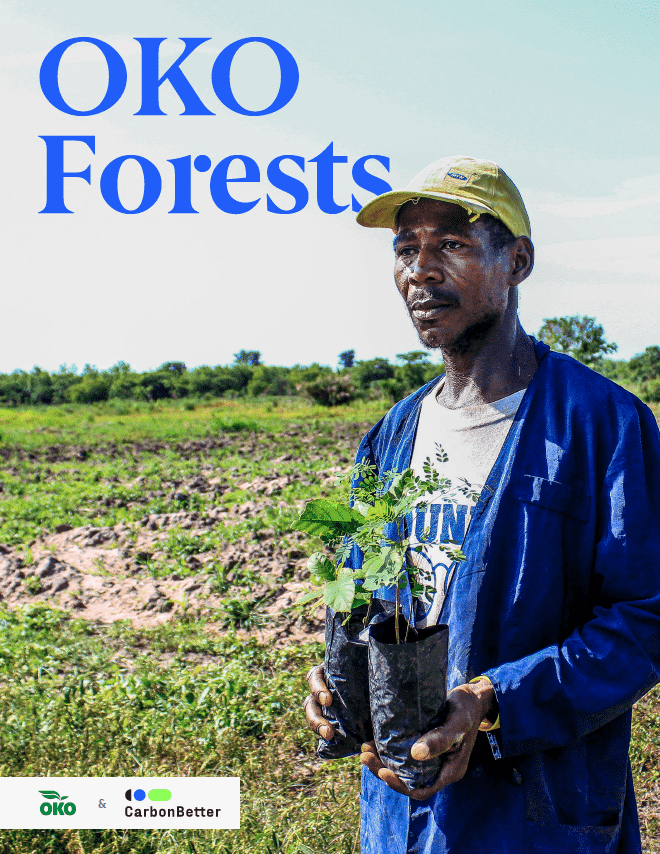A Primer on Renewable Natural Gas (RNG)
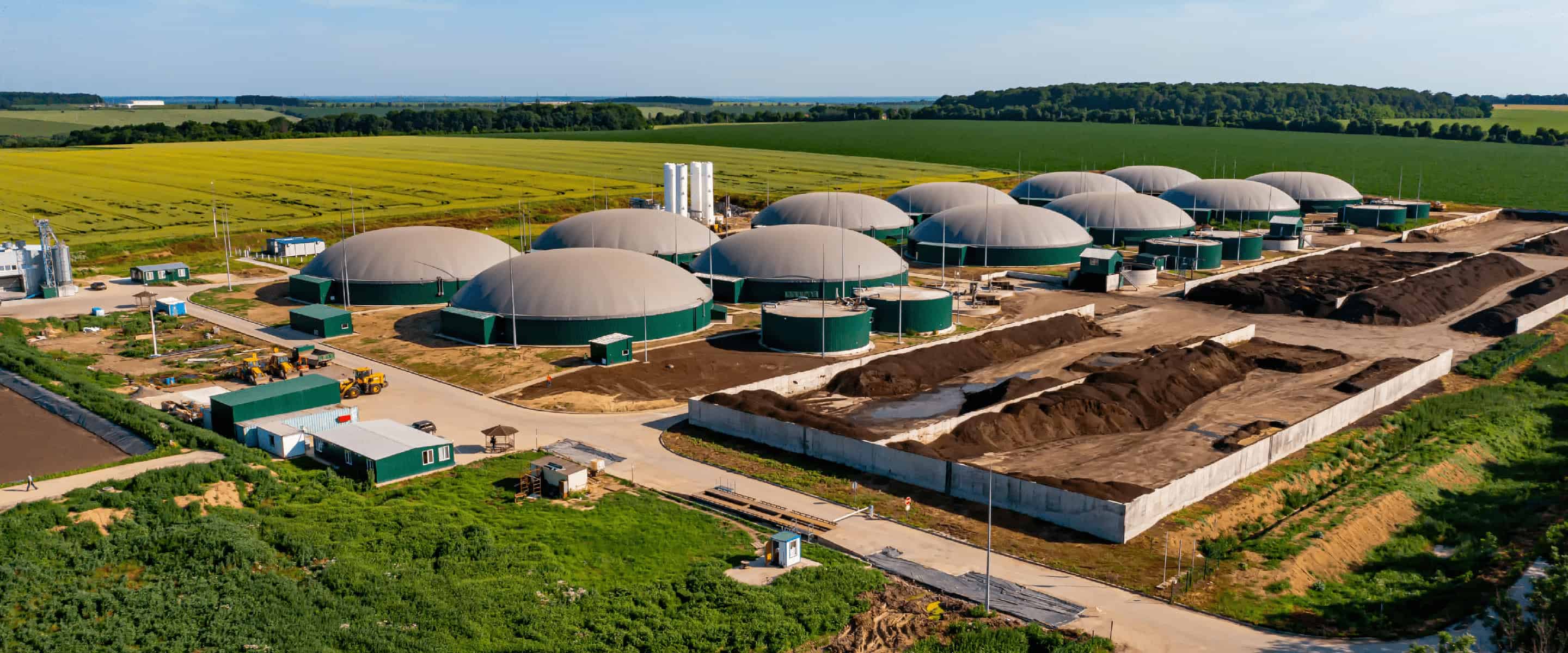
RNG Sourcing
The CarbonBetter team sources renewable natural gas for clients across industry sectors—reach out today to learn more.
Contact Us
Certified Offset Portfolios
Buying high-quality carbon offsets has never been easier. Explore CBCO Portfolio 22-1 and get instant access to fully vetted carbon offsets.
Sustainability & Decarbonization Consulting
No matter where you are on your sustainability journey our team can help.
Learn MoreIs renewable natural gas an ideal alternative fuel for a carbon-neutral future?
Renewable Natural Gas (RNG) is a term used to describe biogas, which is gas produced from the decomposition of organic materials under anaerobic conditions. Also known as biomethane, RNG is made from organic material that has broken down and released methane and carbon dioxide. Sources of RNG originate from solid waste landfills, digesters at wastewater treatment facilities, and livestock farms to name a few examples. RNG can be substituted for fossil fuels for use in thermal applications, to generate electricity, for vehicle fuel, and as bio-product feedback. RNG can be used locally at the site where it is produced or it can be injected into distribution pipelines to transport to other areas. It goes through a series of steps to be converted into RNG.
Comparing RNG and Natural Gas
In the U.S., over the past 5 years, the number of RNG facilities has increased about threefold, with 109 facilities producing RNG in 2019 and another 40 being constructed. This number has increased to 250 RNG plants with 112 facilities under construction and another 125 planned in 2022. About 13% of RNG facilities are located at wastewater treatment facilities. Put simply, RNG is a mixture of non-fossil or biomass that produces biogas, whereas natural gas originates from fossil fuels. What makes RNG so attractive as an alternative fuel is that it is interchangeable with natural gas. RNG’s similarity to fossil fuel based natural gas makes it possible to distribute fuels using the existing gas grid.
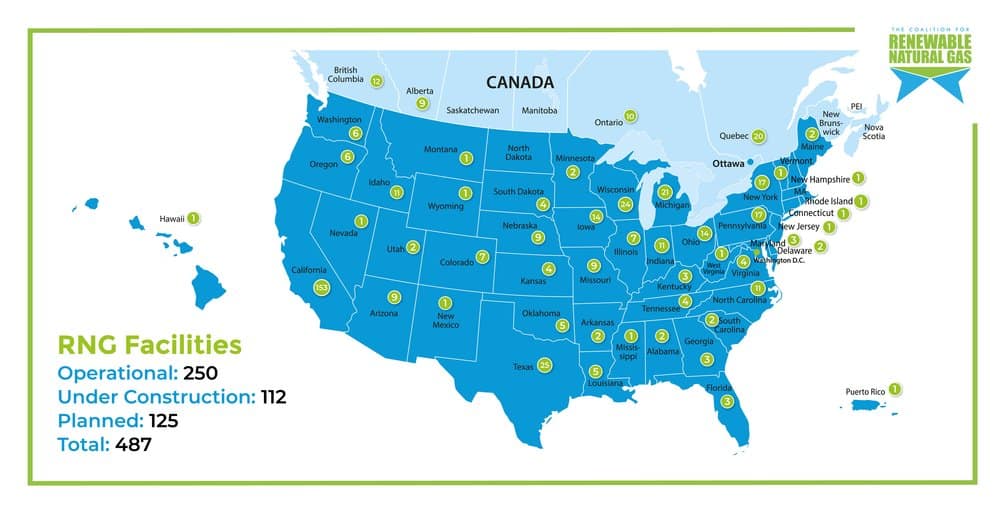
Additionally, RNG can be utilized in existing appliances without major modifications, including vehicles. To be used in vehicles, RNG needs to be processed to a higher purity standard, referred to as conditioning or upgrading. It involves the removal of impurities that include water, carbon dioxide, hydrogen sulfide, and other trace elements. The remaining matter has a higher concentration of methane than raw biogas. This process enables RNG to be comparable to natural gas as a fuel.
RNG is made from feedstock that includes food waste (7%), wastewater (9%), agricultural waste (19%), and municipal solid waste (69%). Most RNG fuels are used for the transportation sector at 83% of facilities and about 11% used for renewable electricity. While RNG is a more expensive fuel to produce, it leaves a smaller carbon footprint than natural gas, which is important for curbing greenhouse gas (GHG) emissions.
READ ALSO: RNG in Your Decarbonization Strategy
Advantages of RNG
RNG provides key benefits such as fuel security, new economic revenue streams, energy savings, improving local air quality, and reducing greenhouse gas emissions. Mitigating GHG emissions is crucial to stop climate change. These projects capture and recover methane emissions produced at landfills through the anaerobic digestion process. Methane is one of the major GHGs contributing to climate change and actually is 28 to 36 times more potent than carbon dioxide. Since producing RNG captures methane that would otherwise be released into the atmosphere, it is considered to be carbon neutral (or in some cases carbon negative) so buying carbon credits isn’t necessary.
RNG also improves waste management through the collecting and processing of organic waste material into biogas. Livestock operations, known for producing a lot of organic waste, can have RNG facilities onsite to convert the animal manure into biogas that is processed into RNG. Wastewater treatment plants can also make biogas for RNG. The solids in wastewater are broken down by the anaerobic digestion process into biogas. Additionally, biogas can be produced from other organic waste originating from industrial, institutional, and commercial entities, such as food manufacturing and wholesalers, supermarkets, restaurants, hospitals, and educational facilities.
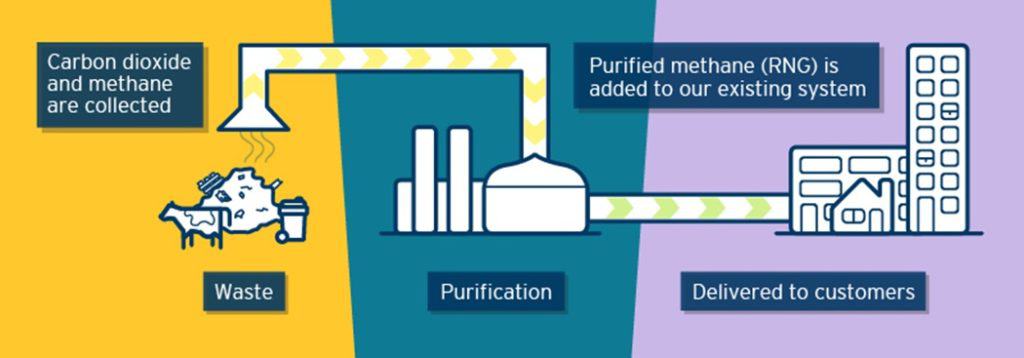
Image courtesy of fortisbc.com.
A significant benefit of RNG is that it creates new revenue streams for the organic feedstock (or waste) that would normally be discarded. It benefits the local economy through the construction of the conversion facility and fueling station infrastructure. Once completed, then workers are hired to run the facilities. Natural-gas-powered vehicles will be in greater demand, thereby creating more sales. Further, economic incentives can help drive project development.
Further, RNG helps diversify the fuel portfolio in the U.S. as a base load fuel. To make RNG, producers don’t have to rely on foreign imports, drilling that releases more GHG emissions, and identifying domestic sources. RNG can be made with domestic sources that are readily available, such as animal manure and municipal waste. It leverages already-existing infrastructure including pipelines and fuel stations.
Disadvantages of RNG
While RNG has many advantages over natural gas, it does have some major disadvantages to consider. First, RNG is expensive and hard to make. Many of the low-cost RNG projects—particularly those developed from waste streams that are large, centrally contained, and conveniently located near existing pipelines—have for the most part already been developed. What now remains are the costlier RNG projects, which are typically smaller facilities farther away from pipelines. Newer facilities also have to go farther away to obtain biomass materials, which in turn is more costly to gather and process. Image courtesy of fortisbc.com. Prices as of 4/22.
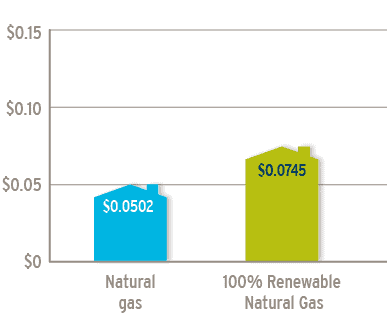
What now remains are the costlier RNG projects, which are typically smaller facilities farther away from pipelines. Newer facilities also have to go farther away to obtain biomass materials, which in turn is more costly to gather and process.
While RNG helps improve air quality because it lacks fuel additives that cause pollution, it can exacerbate air quality issues. Once processed, RNG is chemically identical to natural gas—methane is methane no matter how it’s made. As mentioned, methane is a very potent GHG, and when combusted in a vehicle emits carbon dioxide, carbon monoxide, and nitrogen oxides that all contribute to air pollution problems. RNG also originates from producers who are traditionally high-polluting sources themselves, such as factory farms with large animal herds.
Another problem with RNG is leakage of methane during transport through pipelines and the anaerobic digestion process. Also, studies have shown that RNG facilities will not be able to make enough biomethane to meet demand to totally displace fossil fuel based consumption. There isn’t enough RNG being produced in the US to completely decarbonize the economy.
Environmental Attributes of RNG
Basically, RNG has two products—the energy commodity and environmental attributes. For entities committed to reducing their carbon footprint and fossil fuel consumption, RNG fuel is an attractive option because its production reduces waste, enables cleaner air and a healthier environment. The environmental attributes are often sold separately to parties with regulatory obligations or sustainability commitments. Also, RNG production facilities can be included in certified carbon offset portfolios due to their carbon-neutral status by recycling the GHG emissions generated from waste and converting that into biogas for alternative fuels.
Further, RNG batches are often assigned a Renewable Identification Number (RIN), which is a serial number assigned to a batch of biogas fuel for the purpose of tracking its production. RINs are involved throughout the lifecycle of RNG, from the production to the buying and selling of the biomethane, to the retirement of RINs for compliance purposes for obligated parties. The EPA requires RINs as part of the Renewable Fuel Standard (RFS) pursuant to the Energy Policy Act of 2005. They are credits used for compliance and are considered the currency of the RFS program. RINs can be assigned directly to a batch of fuel or detached from the batch of fuel and purchased separately. The RNG marketplace creates an economic value for these RINs.
Additionally, pipeline injection RNG projects have have an advantage over liquid renewable fuels. Importantly, the RFS recognizes the principle of displacement, so RNG molecules are completely fungible with natural gas molecules in the pipeline. Under the RFS scheme, RNG can be injected into the natural gas grid anywhere in the lower 48 states that will qualify as a renewable fuel. It must maintain chain-of-custody measures that are credited by a third party that certifies low-carbon fuel standards (LCFS), which awards producers of low carbon fuels with tradable credits. RNG holds the key to a low-carbon fuel future.
Conclusion
As more facilities will be required to reduce their carbon footprint to meet net-zero goals, RNG is a very attractive carbon-neutral option. RNG as an alternative fuel has many benefits, advantages, and environmental attributes. Even though there are a few disadvantages to RNG, the technology to reuse organic waste to make fuels will only get better and cheaper over time. The cost and accessibility of RNG facilities will improve over time as more entrepreneurs and governments invest in a low-carbon future to meet our net-zero goals. Contact us today to learn how CarbonBetter can help you integrate RNG into your sustainability strategy.
Check Out Our Work
Provision: A CarbonBetter-Certified Retail Energy Supplier
Provision helps customers in the midwestern United States make an automatic positive environmental impact through CarbonBetter-certified energy plans that include 100% clean energy and planting trees. Each Provsion customer recieves a monthly impact update that includes their personal positive impact. Learn more about this innovative business model in this case study.
Learn More About ProvisionFierce Whiskers: The most sustainable distillery on earth?
Fierce Whiskers is a minority-owned American bourbon distillery, focused on quality and sustainability from grain to glass. They’ve been CarbonBetter since day one by considering the impact of decisions from brand development to construction to grain sourcing and beyond. Learn more about Fierce Whiskers’ sustainable operations in this case study.
Check Out Fierce WhiskersOKO Forests: Tackling Deforestation in Ghana
OKO is focused on protecting and enhancing biodiversity through a traditional agroforestry approach in Ghana. As surface mining increases, there is a direct correlation to deforestation – tree removal is required to access highly sought-after mineral resources. This project seeks to provide a protected area from surface mining in addition to socio-economic benefits for the community.
Explore OKO Forests

